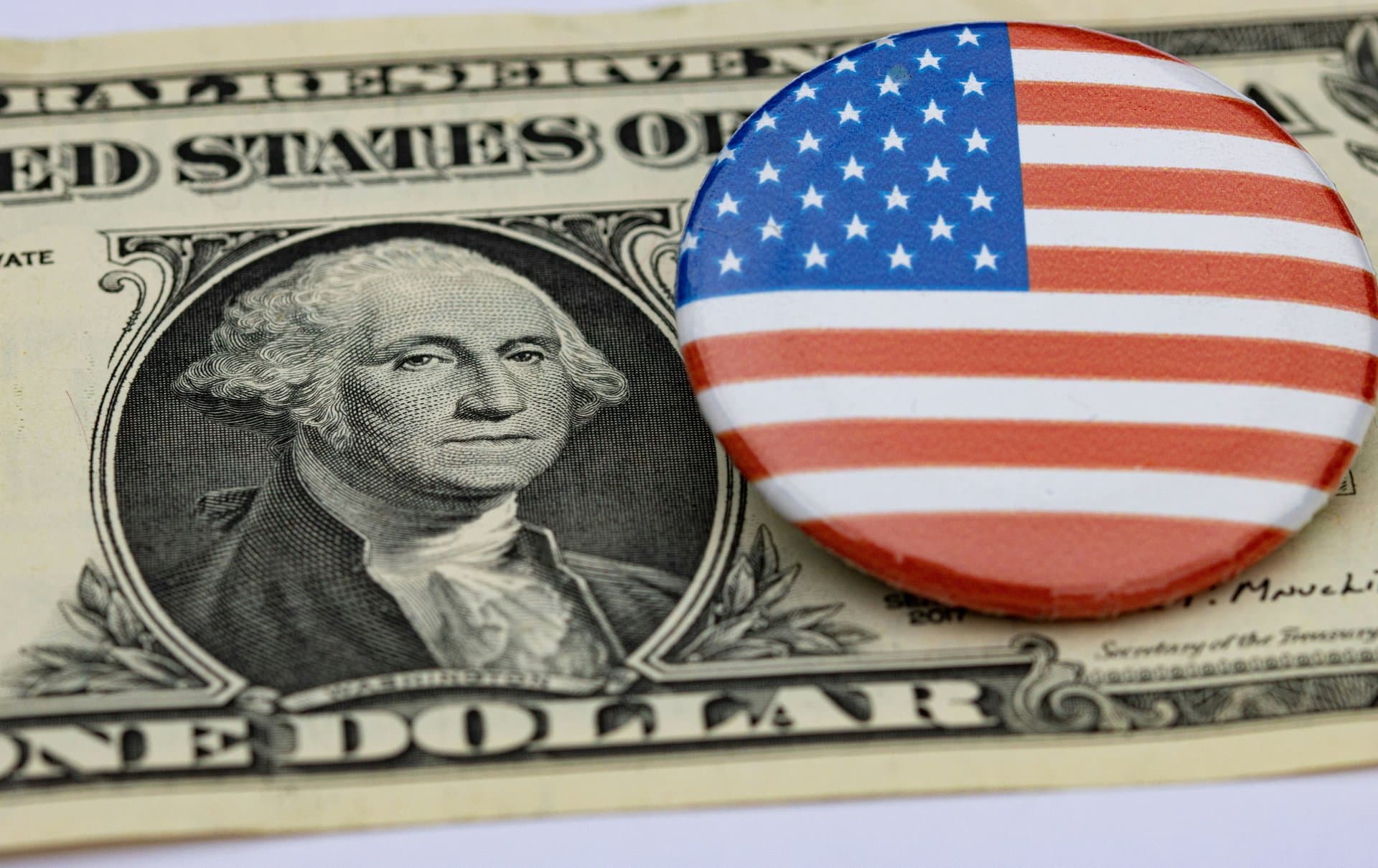Debunking Tariff Risks: 5 Facts on Investor Sentiment
Explore how Bank of America’s survey reveals the real impact of tariffs on global investors, unraveling myths and delivering fresh insights into market fears and economic outlooks.

Key Takeaways
- Tariffs top investor risk concerns after 15 years
- Global growth expectations hit a 30-year low
- Record underweight positions in US stocks by fund managers
- Recession odds remain debated among top economists
- Market volatility tied to trade policy uncertainty

In a world where trade tensions ripple through markets, Bank of America’s latest Global Fund Manager Survey paints a vivid picture: tariffs, especially those linked to President Trump’s policies, have become the dominant worry for investors worldwide. Around 80% of fund managers flagged the threat of a trade war as the biggest risk in 15 years, overshadowing traditional concerns like interest rates or currency shifts. This surge in tariff anxiety has triggered a historic selloff in U.S. stocks, with fund managers slashing their holdings at a record pace and global growth expectations sinking to a three-decade low. Yet, amid this gloom, economic experts remain divided on whether a recession is imminent. This article unpacks five key facts from the survey, busting myths and offering a fresh lens on how tariffs shape investor sentiment and market dynamics.
Tariffs as Top Market Risk
Imagine a storm brewing over global markets, and at its center are tariffs—those import taxes that suddenly make goods pricier and supply chains tangled. According to Bank of America’s Global Fund Manager Survey, about 80% of investors see the trade war sparked by President Trump’s tariff policies as the biggest risk in 15 years. This consensus is unprecedented, signaling a collective unease that eclipses worries about interest rates or currency fluctuations. The tariffs, especially between the U.S. and China, have already strained supply chains, slowing investment and consumer spending. Even with some tariff delays, the murky outlook makes planning a guessing game for businesses and investors alike. This dominant concern reshapes how markets behave, with geopolitics overtaking traditional economic fears. It’s like watching a chess game where the rules keep changing—investors are bracing for volatility until the trade fog lifts.
Investor Sentiment Hits 30-Year Low
Investor optimism has taken a nosedive unseen in three decades. The survey reveals that 82% of fund managers expect weaker global economic growth, marking the highest pessimism level in 30 years. This gloom translates into action: fund managers have shifted from being 17% overweight U.S. stocks in February to a net 36% underweight by April—a record plunge in just two months. Cash holdings surged to 4.8%, the biggest jump since the COVID crisis, reflecting a flight to safety. The mood is so bearish that many see a hard landing for the global economy as the most likely scenario in the next year. This shift isn’t just numbers; it’s a reflection of how uncertainty around tariffs and trade policies has unsettled confidence, prompting investors to pull back from riskier assets and seek refuge in bonds and cash. The market’s pulse is jittery, and the usual cheerleaders have gone quiet.
Recession Risks Divide Experts
When it comes to recession odds, the experts don’t sing from the same hymn sheet. Bank of America’s CEO Brian Moynihan remains cautiously optimistic, not forecasting a recession this year. Yet, other heavyweights like Morgan Stanley, Goldman Sachs, and JPMorgan Chase assign recession probabilities ranging from 40% to 60% over the next year. Voices like Ray Dalio warn of being close to a recession and even worse outcomes if trade tensions aren’t managed well. Former Treasury Secretary Lawrence Summers predicts a 60% chance of recession, highlighting potential job losses and income declines. This divide underscores the complexity of the current economic landscape, where tariff uncertainty fuels fears but hasn’t yet pushed GDP into negative territory. The bond market’s yield curve, often a recession harbinger, has normalized recently, adding to the mixed signals. For investors, this means preparing for turbulence without assuming the worst is inevitable.
US Stocks Face Record Outflows
The tariff storm has investors voting with their wallets, pulling money out of U.S. stocks at a pace never seen before. Bank of America’s survey shows a net 36% underweight position in U.S. equities among fund managers, a dramatic reversal from just two months prior. This massive selloff has dragged the S&P 500 down more than 7.3% over six months and about 8% year-to-date, despite a recent bounce. The selloff isn’t just about numbers; it reflects deep concerns that tariffs will choke growth and corporate profits. Defensive moves include increased allocations to bonds, cash, and sectors less sensitive to economic cycles. The shift away from U.S. tech giants and industrials signals a broader loss of faith in the market’s ability to shrug off trade tensions. Investors are bracing for a bumpy ride, and the record outflows underscore how tariff fears have reshaped portfolio strategies.
Market Volatility and Policy Uncertainty
Volatility has become the new normal as markets wrestle with unclear trade policies. The S&P 500 briefly dipped into a 20% bear market, wiping out trillions in value, led by stocks vulnerable to a slowdown like Nvidia and Tesla. Yet, even after a partial recovery, the index remains down 12% from its February peak. This rollercoaster reflects how tariff uncertainty keeps investors on edge, limiting their willingness to commit capital. The Federal Reserve’s next moves on interest rates hinge on clearer trade signals, as rate cuts typically come during economic distress to spur growth. Until tariffs find a resolution, fund managers expect markets to stay choppy and global growth to remain pressured. The relief of a clear trade path could calm nerves, but for now, investors navigate a fog of uncertainty, balancing risk and opportunity in equal measure.
Long Story Short
The narrative around tariffs and their economic fallout is far from simple. Bank of America’s survey reveals a market gripped by uncertainty, with fund managers rapidly shifting to defensive stances and bracing for slower global growth. Yet, the debate among economists—from cautious optimism to stark recession warnings—reminds us that markets are as much about psychology as numbers. For investors, the lesson is clear: clarity on trade policy is the linchpin for stability. While the S&P 500 has bounced from lows, the shadow of tariffs keeps volatility alive. Navigating this landscape demands patience, a keen eye on policy shifts, and a readiness to adapt portfolios as the story unfolds. In the end, understanding these tariff risks isn’t just about avoiding losses—it’s about steering through uncertainty with informed confidence.